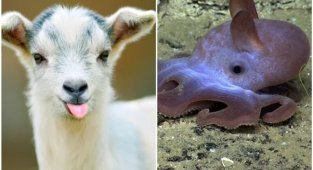We love animals - and also learning new and amazing things about them. Habits, character, interesting details from life, instincts, and much more - there are many more facts about our smaller brothers that you probably didn’t know about. Let's look at some of the little known facts about animals! 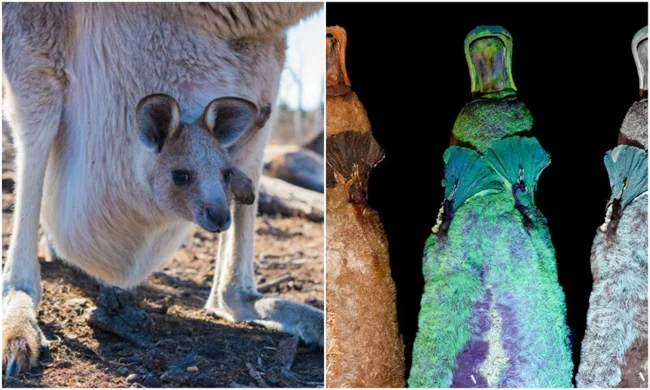
Female dragonflies may play dead to stop unwanted advances from males 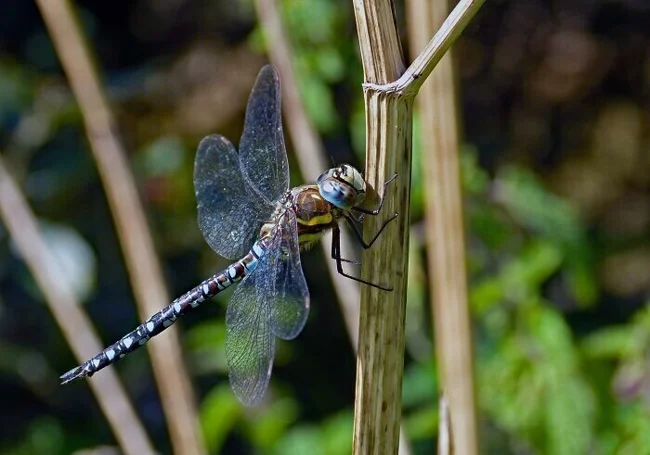
Sloths are too lazy to even look for a mate. During the mating season, the female can sit on a tree and scream until the male hears her and comes to mate. 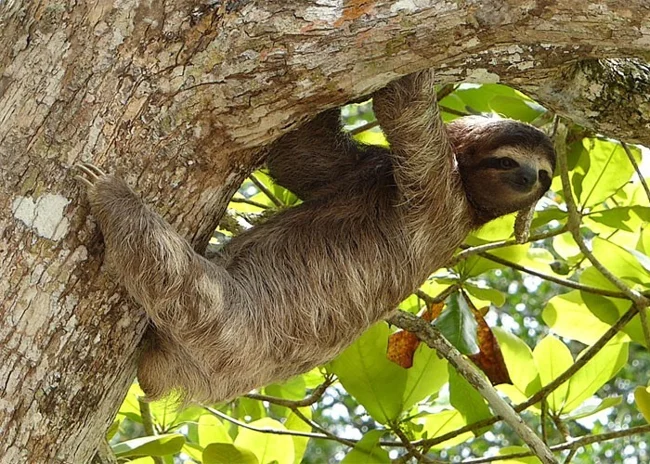
The smell of bananas can cause aggression in bees. They have a special “alarm pheromone” that they secrete to give a signal to their relatives. This pheromone contains substances very similar to those found in bananas 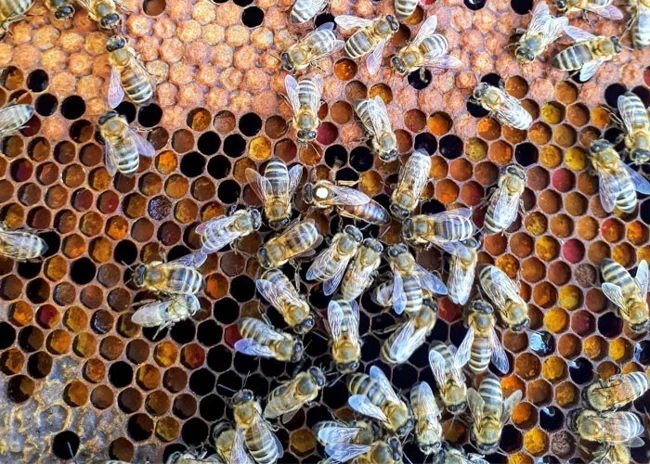
Tarantulas and frogs have a mutually beneficial cooperation. Frogs eat insects and parasites that can harm spider eggs. The spider, in turn, protects the frog from dangers (even after the spiderlings are born) 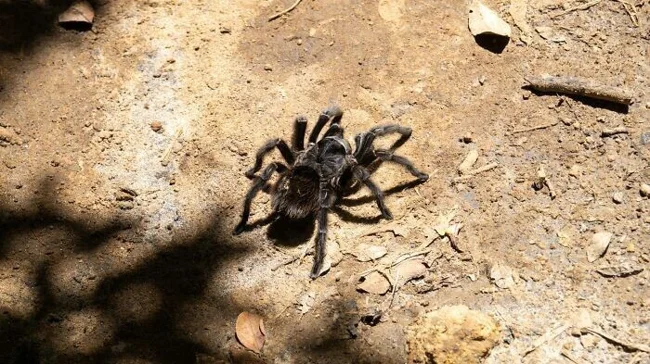
Crows can remember faces and recognize people, even years later 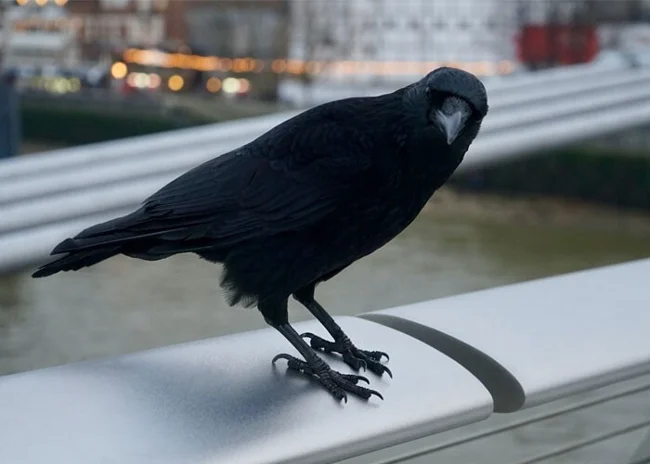
Deep-sea angler fish with a small “flashlight” on their head are female. Males are much smaller and have less developed jaws 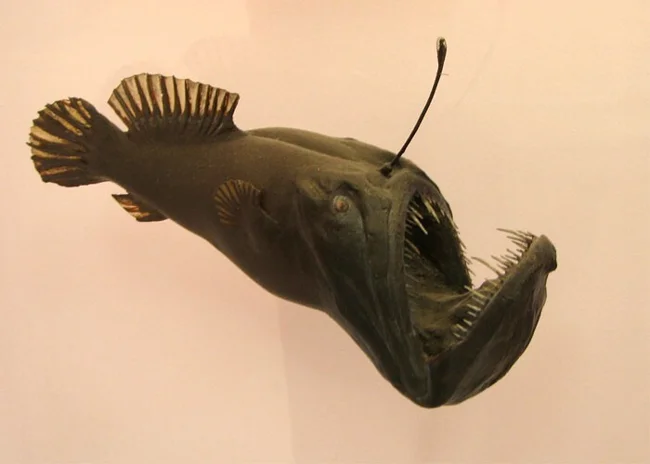
The hearing of roosters does not deteriorate over time, despite the fact that they crow very loudly. They are born with “natural earplugs” - when they crow, half of the bird’s eardrum is covered with soft tissue, which muffles the sound 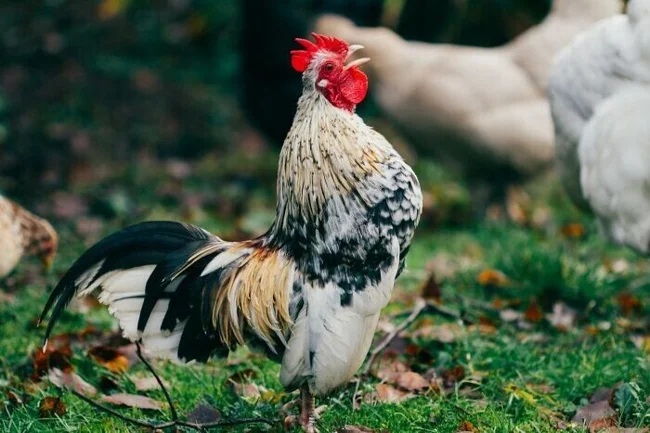
Hippo sweat is red 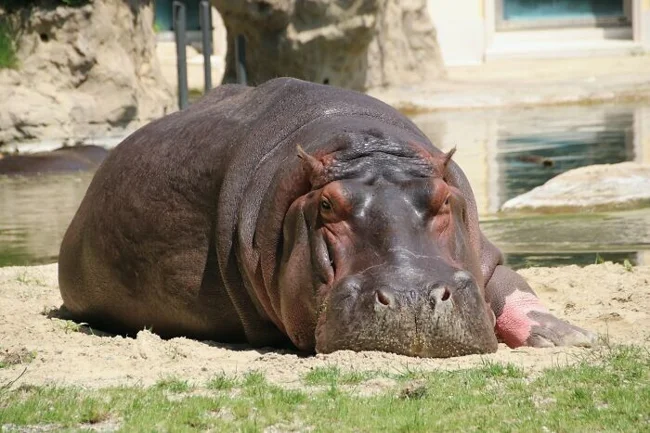
In captivity, animals called binturongs (also called "cat bears") can harbor a grudge against humans 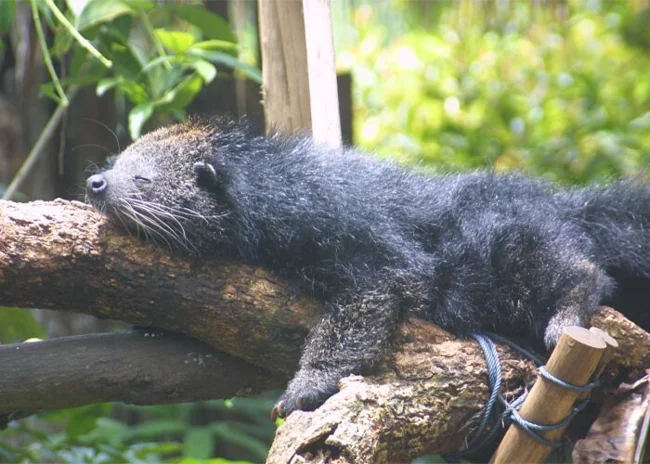
When caterpillars enter the pupal phase, their entire body first breaks down and turns into a liquid mass. 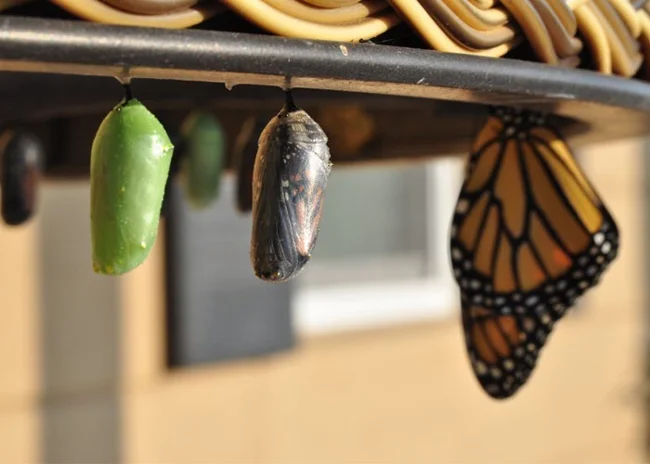
In Africa, some tribes “cooperate” with birds from the honeyguide family. The birds lead them to hives hidden in the trees - the tribes take the honey, and leave the bee larvae for the birds 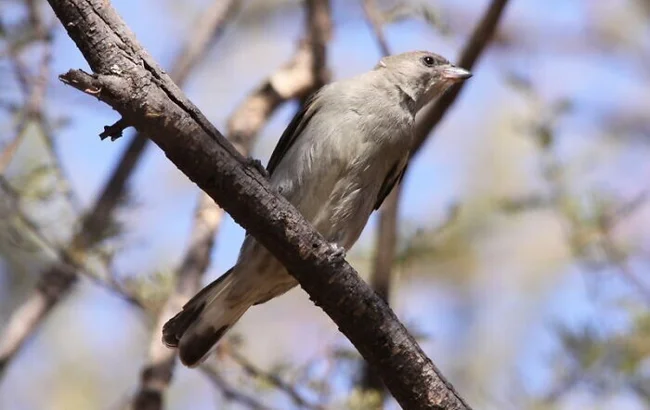
The octopus has eight tentacles, three hearts and nine brains 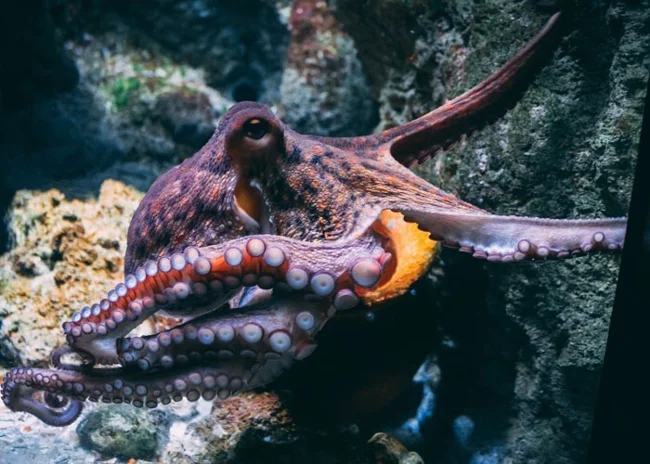
Woodpeckers' tongues can curl around the back of their brains. This protects their brain when their beak hits a tree 
The cry of a sperm whale is so loud that the sound waves can kill a person if he swims close 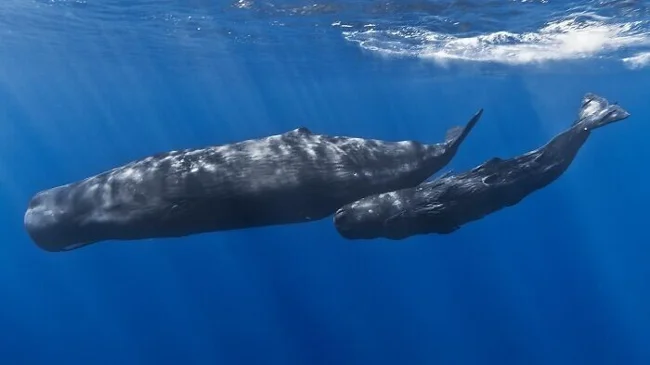
When male halibut reach a certain size (about 114 cm), they become females 
The spines on a tiger's tongue are sharp enough to remove skin from muscles. 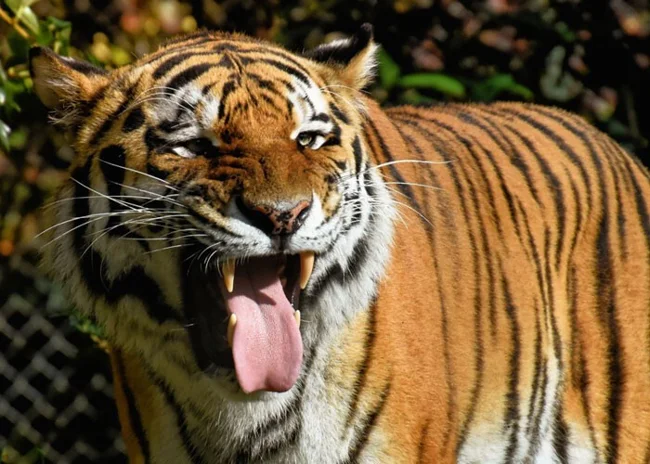
Chickens can say goodbye to dying relatives. In addition, they can specifically peck at a relative if they feel that they are sick 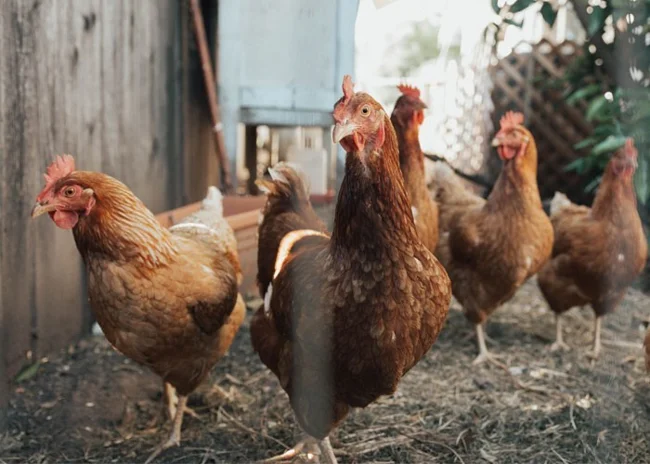
Vultures urinate on their feet to cool off on hot days, a process called urohidrosis. Their urine also helps destroy bacteria or parasites 
The platypus glows turquoise under ultraviolet light 
Penguins have a special supraorbital gland that “filters” salt water, turning it into fresh water. 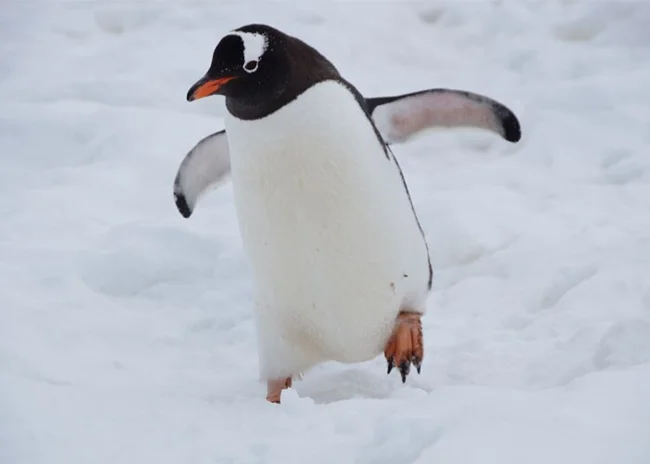
The average lifespan of a squirrel is 16 years 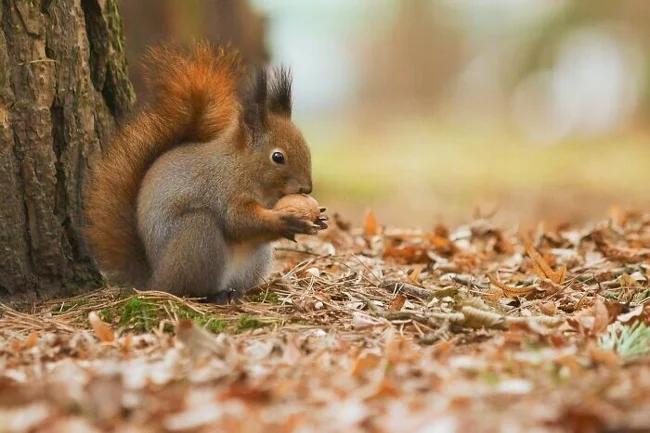
In order to cross a river, armadillos can crawl along the bottom if it is small (they can breathe underwater for about 7 minutes), or “inflate” their intestines in a special way in order to swim with their help 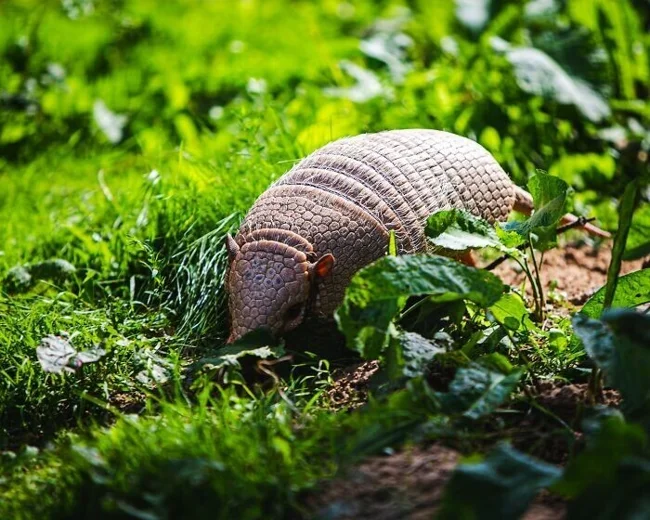
Castoreum is a product of beaver anal glands that was once used as a vanilla flavor substitute. Nowadays it is used only in perfumery, and in the Swedish schnapps called Bäverhojt 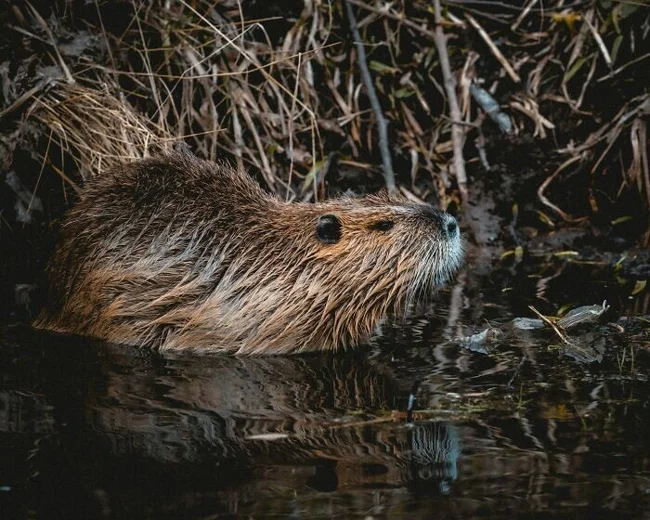
Kangaroos can mate again 1 to 3 days after the birth of the baby. The new embryo will be in diapause while the baby grows in the pouch. And when the baby grows up and leaves the pouch, the “waiting” embryo begins to develop 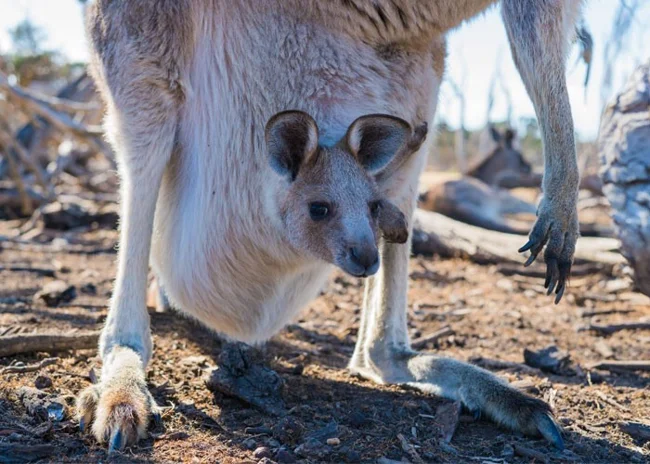
The penguin can suddenly leave the colony and head in another direction alone - almost like a zombie. So far, scientists have not found a clear explanation for this behavior. 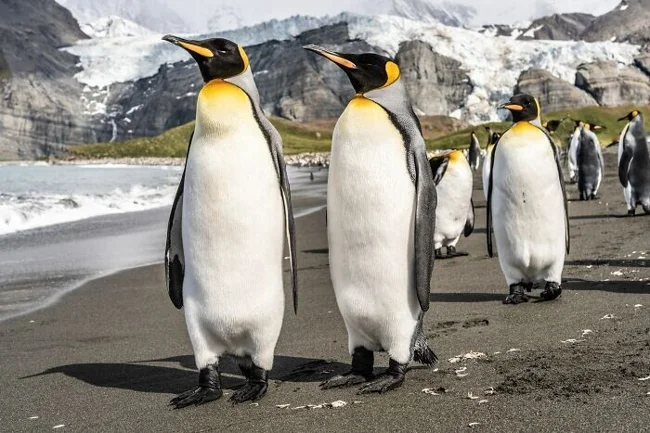
The vast majority of Greenland sharks are blind - due to a parasite that eats their eyes 
Turtles can breathe through their anus 
Whale milk has the consistency of toothpaste. Therefore, baby whales can gain weight at a rate of 4.5 kg per hour 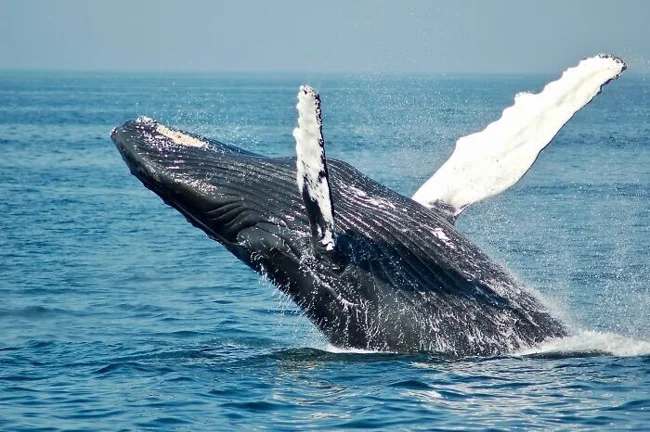
The teeth of the Paku fish look like human teeth. They evolved to allow fish to crack nuts. 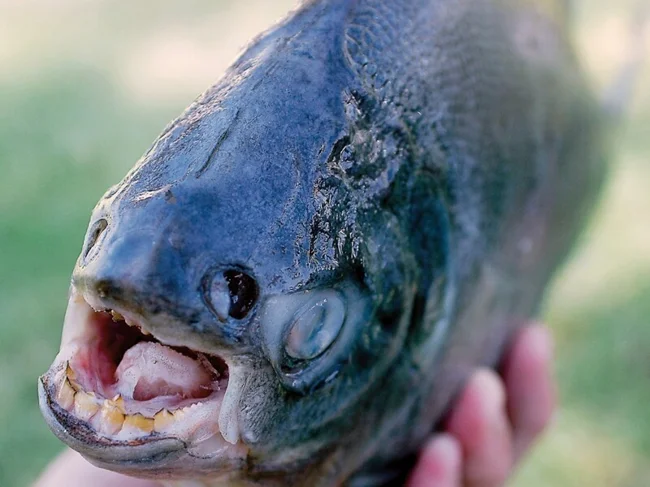
0 comments
